Disclosure: This article contains affiliate links. We may earn a commission from purchases at no extra cost to you, which helps our travel content.
When my tech career had me staring at screens for 12 hours a day, I promised myself that my travels would always involve genuine human connection. That's exactly what I found in Lambaré, Paraguay—a place most travelers zoom past on their way to Asunción's more familiar attractions. This modest suburb, just 10 minutes from Paraguay's capital, offers an authentic glimpse into Paraguayan life that you won't find in any guidebook. After spending a week immersed in Lambaré's traditional communities last October, I discovered a cultural richness that reminded me why I started traveling in the first place: to understand how people live, create, and celebrate in different corners of our world. For couples looking to deepen their connection through shared cultural experiences, Lambaré offers something increasingly rare in our hyperconnected world—an unhurried opportunity to simply be present with each other while experiencing genuine Paraguayan hospitality.
Why Lambaré Deserves Your Attention
Lambaré sits in the shadow of its famous neighbor, Asunción, but this unassuming suburb holds cultural treasures that the capital's more polished tourist districts can't match. What struck me immediately was the authenticity—there's no performative tourism here, just daily Paraguayan life unfolding at its natural pace.
My journey to Paraguay wasn't planned. A tech startup conference in Buenos Aires left me with an extra week, and on a whim, I crossed the border. Best impromptu decision ever. While most visitors make a beeline for Asunción's colonial architecture or the natural wonders of Iguazú Falls to the east, I found myself drawn to Lambaré after a conversation with a local tech entrepreneur who grew up there.
"You want to see the real Paraguay?" he asked. "Skip the tourist circuit and spend time in Lambaré."
He wasn't wrong. The community's blend of urban convenience and traditional Paraguayan life creates a perfect entry point for cultural immersion without the overwhelming disorientation that can come with more remote destinations. For couples especially, this balance makes Lambaré approachable yet authentically rewarding.
What makes this area special is how the traditional and contemporary coexist. You'll find multi-generational families practicing centuries-old crafts while discussing the latest global events. This is a place where tradition isn't preserved as a museum piece but lives and evolves within a modern context.
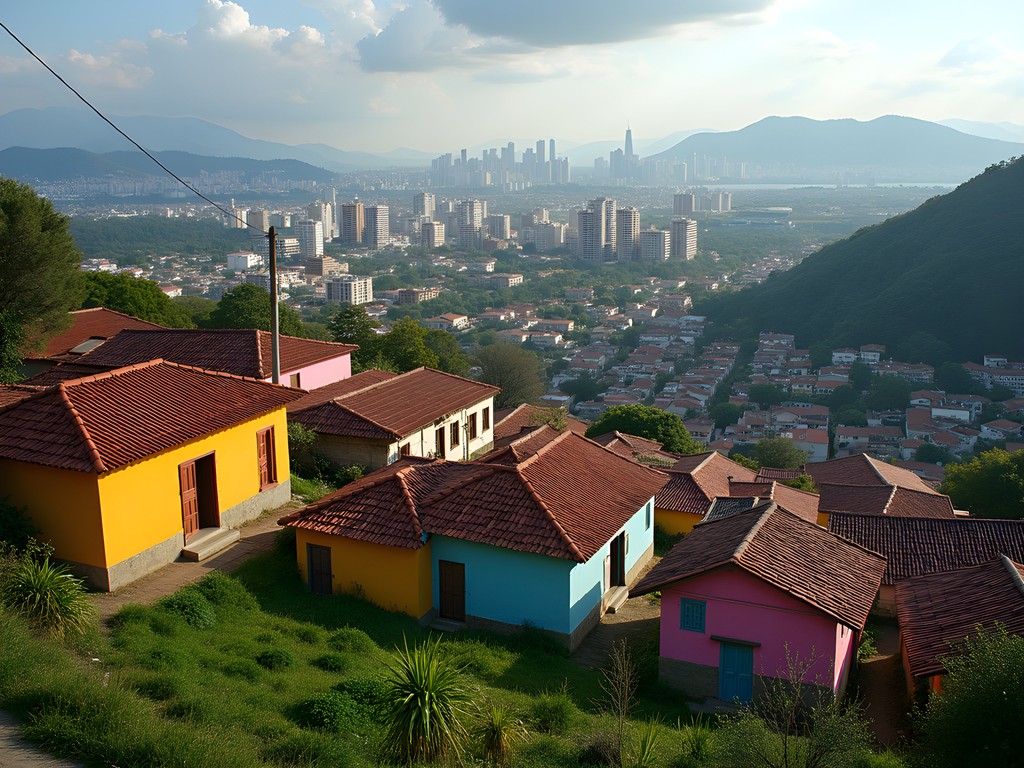
💡 Pro Tips
- Learn basic Guaraní phrases—locals appreciate the effort even if you're not fluent
- Visit midweek when local markets are less crowded
- Ask permission before photographing people or their crafts
Connecting Through Craft: Ñandutí Lace Workshops
My most memorable day in Lambaré came through an experience I stumbled upon purely by chance. Walking through the residential neighborhoods east of the main road, I noticed an elderly woman working on what looked like an intricate web of thread stretched across a circular frame on her front porch. This was my introduction to ñandutí, Paraguay's distinctive spider-web lace.
After some friendly conversation (thank goodness for my passable Spanish), Doña Clara invited me to return the next day for an impromptu workshop. I brought along a couple I'd met at my guesthouse, and what followed was a four-hour immersion into a craft tradition that dates back to 16th-century Spanish colonial influence, transformed by indigenous Guaraní artisans into something uniquely Paraguayan.
The name itself—ñandutí means "spider web" in Guaraní—perfectly describes these delicate, geometric lace creations. What makes this experience special for couples is the patience and focus it demands. As Doña Clara guided our clumsy fingers through the basic techniques, I watched the couple next to me laugh, concentrate, and ultimately create something together.
Before attempting ñandutí, I'd recommend bringing a pocket magnifier to help see the intricate thread work. My eyes aren't what they used to be, and this small tool made a world of difference when following Doña Clara's demonstrations.
What struck me most was how this craft session opened doors to deeper cultural understanding. As we worked, Doña Clara shared stories of her grandmother teaching her the craft during Paraguay's turbulent political history, when maintaining cultural traditions became an act of quiet resistance. These aren't stories you'll find in guidebooks—they emerge organically through shared activity and the trust that develops when you show genuine interest in someone's heritage.
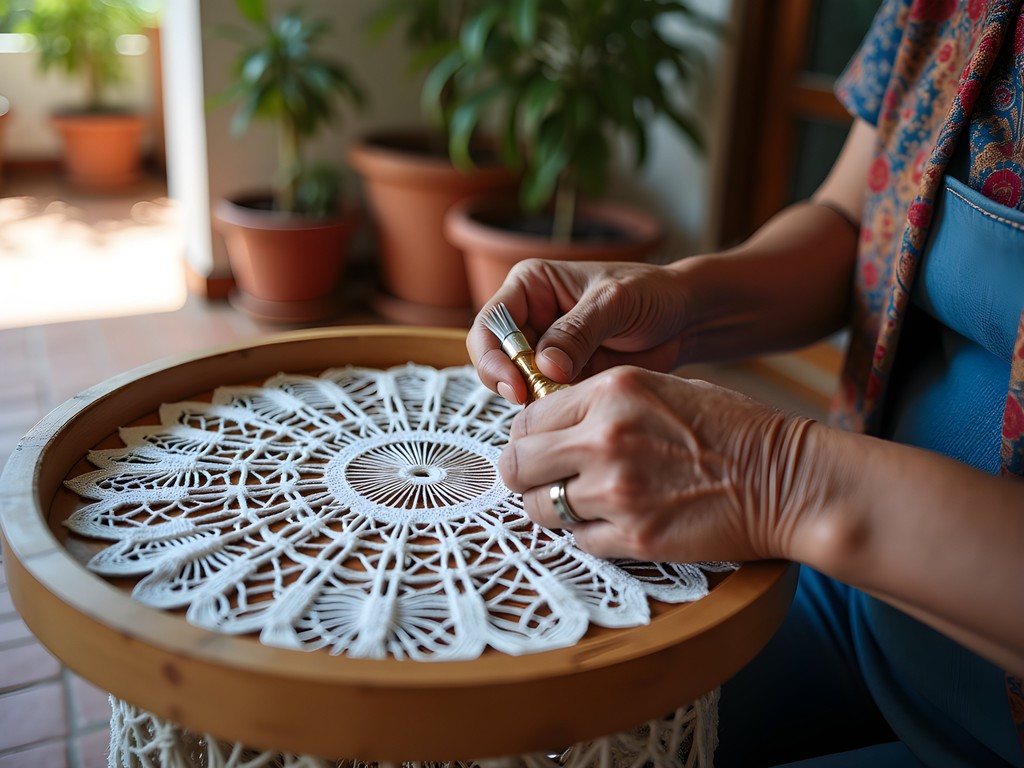
💡 Pro Tips
- Bring small gifts to thank artisans who share their knowledge—quality chocolates or coffee are appreciated
- Wear reading glasses or bring magnification if you have trouble with close-up work
- Schedule workshops for morning hours when temperatures are cooler
Culinary Connection: Cooking Classes with Local Families
Food has always been my gateway to understanding culture, and Lambaré offers opportunities for culinary immersion that go beyond restaurant experiences. Through my guesthouse host's recommendation, I connected with the Gonzalez family, who offer informal cooking classes in their home kitchen.
The experience begins with a morning visit to Lambaré's local market, where Señora Gonzalez taught me to select ingredients for traditional Paraguayan dishes. The market itself is a sensory adventure—pyramids of fresh manioc root, bundles of herbs I'd never encountered before, and vendors calling out their specialties in a mix of Spanish and Guaraní.
Back in their home kitchen, we prepared sopa paraguaya (a dense cornbread that's not actually soup despite its name), chipa guasu (a sweet corn casserole), and my favorite discovery, mbeju—a starchy pancake made from tapioca and cheese that's utterly addictive. What makes these cooking classes special is their intimate setting. You're not in a commercial kitchen but in a family home where three generations might wander through, offering advice or stealing tastes.
I've found that having a good digital kitchen scale is invaluable when learning international recipes. After the class, I was able to precisely record the measurements to recreate these dishes at home, rather than relying on imprecise volume measurements.
For couples, cooking together in a Paraguayan home creates shared memories that standard tourist experiences simply can't match. There's something uniquely bonding about struggling together to properly knead chipa dough while a grandmother gently corrects your technique. These classes typically last 3-4 hours and conclude with everyone sharing the meal you've prepared, often accompanied by terere (cold yerba mate)—Paraguay's national drink and social ritual.
What surprised me most was how these culinary experiences revealed aspects of Paraguayan history and identity. The heavy use of corn and manioc reflects indigenous Guaraní influence, while European techniques introduced during colonization are evident in other preparations. Each dish tells a story of cultural resilience and adaptation.
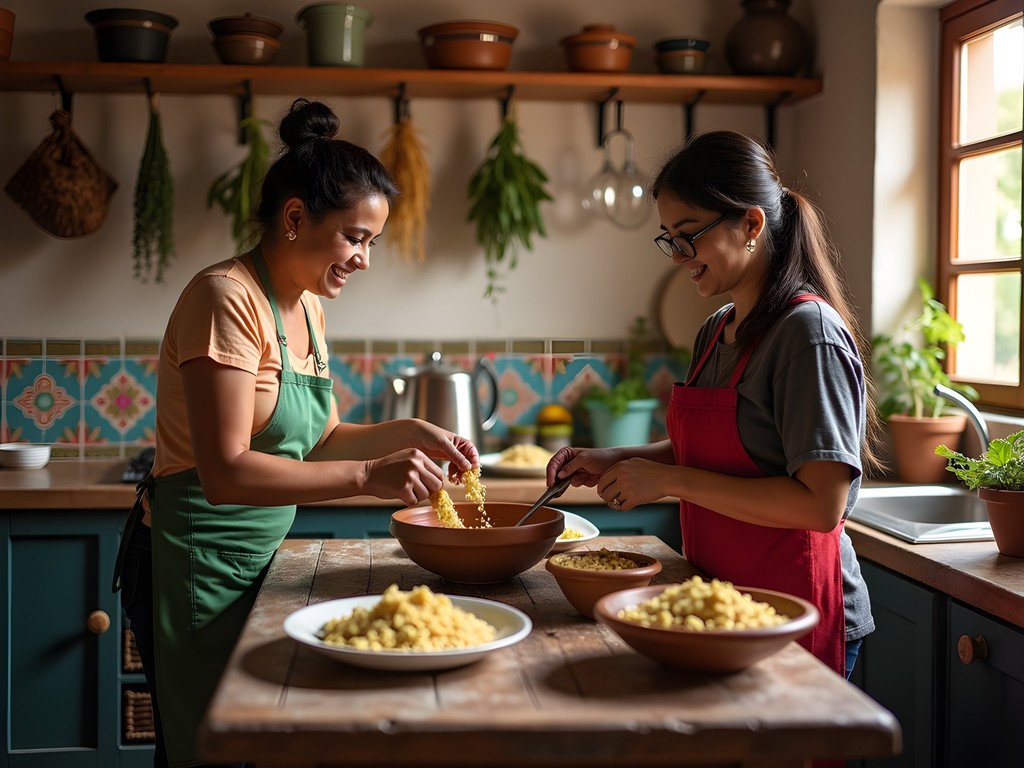
💡 Pro Tips
- Ask about dietary restrictions in advance—many traditional dishes contain gluten and dairy
- Bring a small notebook to record recipes and techniques
- Offer to help with cleanup as a gesture of appreciation
Community Connections: Yerba Mate Circles
If you want to understand Paraguayan social life, you need to experience terere—the cold yerba mate that serves as both beverage and social institution. Unlike Argentina's hot mate tradition, Paraguay's climate has evolved a refreshing cold version that's consumed throughout the day, especially during the afternoon heat.
In Lambaré's Plaza de los Heroes, I discovered the community's informal terere circles that form daily around 3-4 PM. These gatherings are the beating heart of local social life and provide a natural opportunity for cultural exchange. The first time I approached, I felt like an outsider, but after explaining my interest in learning about Paraguayan customs, I was immediately welcomed.
The ritual itself is deceptively simple: a guampa (typically a hollowed cow horn or metal cup) is filled with yerba mate leaves, then cold water is added from a thermos. A metal straw called a bombilla filters the leaves as you drink. The same guampa is refilled and passed around the circle, with everyone drinking from the same straw—a symbol of community and trust.
I recommend bringing your own insulated water bottle to these gatherings. The locals appreciated that I came prepared with cold water to contribute to the circle, especially on hotter afternoons when the terere flows freely.
What makes these terere circles special for couples is their conversational nature. Unlike bars or restaurants where you might remain in your own bubble, terere circles naturally incorporate newcomers. You'll discuss everything from politics to family life, with frequent bursts of the distinctive Paraguayan humor that blends self-deprecation with national pride.
Through these daily gatherings, I gained insights into Paraguayan perspectives that no guidebook could provide. One afternoon, a retired history teacher explained how the devastating War of the Triple Alliance (1864-1870) continues to influence Paraguayan identity today. Another day, young entrepreneurs shared their visions for Paraguay's economic future, highlighting the tension between tradition and development that defines modern Lambaré.

💡 Pro Tips
- Learn basic terere etiquette—don't move the bombilla (straw) and say 'gracias' when you're finished
- Visit the same circle multiple days to build rapport
- Bring a small gift of yerba mate if invited to someone's home for terere
Artisan Shopping: Beyond Souvenirs
Lambaré offers shopping experiences that transcend typical tourist transactions. Instead of mass-produced souvenirs, you'll find artisans creating pieces with deep cultural significance—often in the same way their ancestors did centuries ago.
My favorite discovery was the small workshop of Manuel Frutos, a third-generation ao po'i weaver. Ao po'i is a traditional Paraguayan cotton textile characterized by its lightweight, breathable quality and intricate embroidery. What makes shopping here special is that Manuel invites visitors to understand the context behind each piece—the symbols in the embroidery patterns, the natural dyes derived from local plants, and the occasions when these garments would traditionally be worn.
For documenting these artisanal processes, I relied heavily on my travel notebook to sketch patterns and record the cultural stories behind them. This helped me purchase pieces with genuine understanding rather than as random souvenirs.
The Mercado Municipal de Lambaré, while smaller than Asunción's markets, offers a more personal shopping experience. Here, I found everything from hand-carved wooden items to indigenous Guaraní crafts. What makes this market special for couples is the opportunity to select meaningful items together—perhaps commissioning matching mate gourds or selecting textiles that tell a story you both connected with.
One afternoon, I stumbled upon a family workshop creating traditional Paraguayan hammocks. The process involves hours of hand-knotting cotton string into intricate patterns that are both beautiful and remarkably strong. The craftsman explained that each design tells a story—some patterns representing rivers, others depicting ancient Guaraní symbols for prosperity or protection.
What distinguishes shopping in Lambaré from typical tourist areas is the direct connection to creators. You're not buying from middlemen but from the artisans themselves, often watching them work as you browse. This creates opportunities for meaningful exchange about the cultural significance of each item and ensures your purchases directly support local traditions.
For couples seeking meaningful souvenirs, I suggest focusing on items that represent shared experiences—perhaps a hand-carved mate set to continue the terere tradition at home, or textiles that remind you of the patterns you saw throughout your Lambaré adventure.
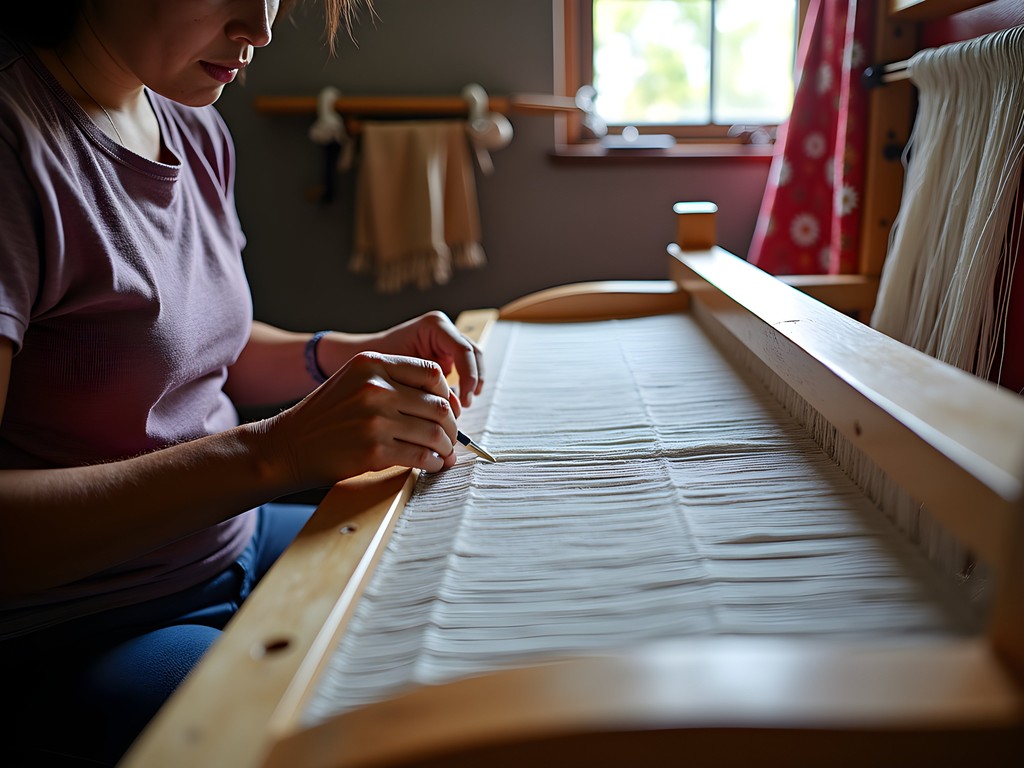
💡 Pro Tips
- Bring cash in smaller denominations—many artisans don't accept cards
- Ask before photographing artisans or their work
- Budget extra time for conversations—rushing through purchases misses the cultural exchange
Final Thoughts
As I left Lambaré after my week of cultural immersion, I realized that this unassuming Paraguayan community had offered something increasingly rare in our hyperconnected world—genuine human connection across cultural differences. For couples seeking to deepen their relationship through shared experiences, Lambaré provides the perfect blend of accessibility and authenticity. You won't find glossy tourist infrastructure or Instagram hotspots here, but you'll discover something far more valuable: a window into Paraguayan life as it's actually lived. The memories that will stay with me aren't of monuments or museums, but of people—Doña Clara patiently guiding my clumsy fingers through ñandutí patterns, the afternoon terere circles where politics and philosophy flowed as freely as the mate, and the pride in Manuel's eyes as he explained his family's textile traditions. In a world where authentic cultural experiences are increasingly packaged and commodified, Lambaré remains refreshingly real. Pack your curiosity, bring your partner, and prepare to connect—both with each other and with the heart of Paraguay.
✨ Key Takeaways
- Cultural immersion in Lambaré offers couples shared experiences that create deeper connections
- Learning traditional crafts like ñandutí lace provides insights into Paraguayan history and identity
- Participating in daily terere circles is the best way to connect with locals and understand contemporary Paraguayan perspectives
📋 Practical Information
Best Time to Visit
Fall (September-November) offers pleasant temperatures and fewer tourists
Budget Estimate
$50-100 per day per couple (excluding accommodation)
Recommended Duration
5-7 days for meaningful cultural immersion
Difficulty Level
Beginner
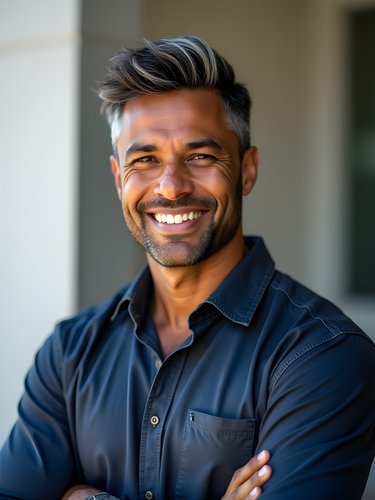
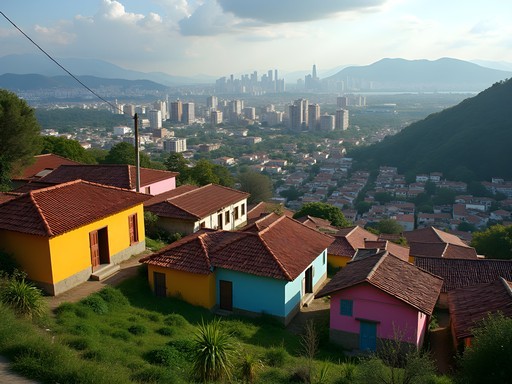
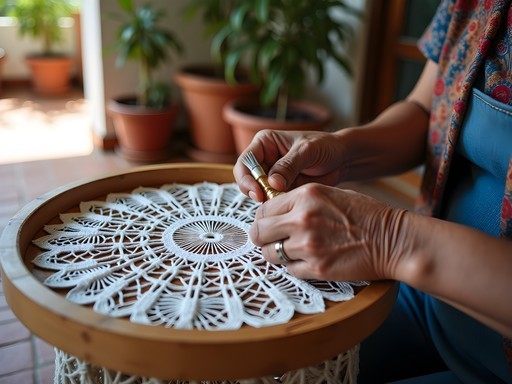
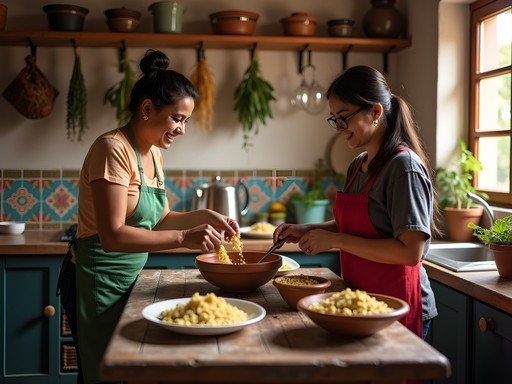
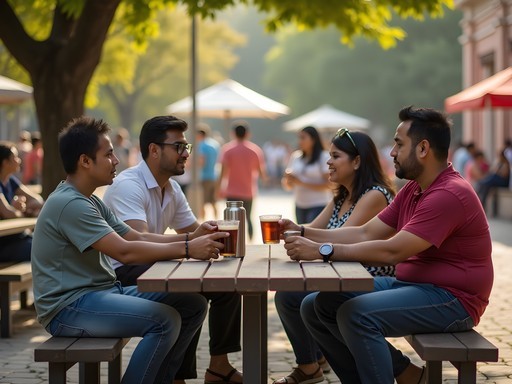











Comments
Sophia Gomez
Riley, your post brought back so many memories! I was in Paraguay for a business trip last year and extended my stay specifically to experience Lambaré. The cooking classes with local families were a highlight - I still make chipa guazu (corn bread) using the recipe I learned there. For anyone planning a visit, I highly recommend bringing a pocket translator as English isn't widely spoken in the more traditional communities. Also, don't miss visiting the local market on Sunday mornings - the fresh produce and handcrafts are incredible, and prices are much better than in Asunción. Did you try the local beer, Riley? There's a small craft brewery that opened recently that uses local herbs in their brewing process.
mountainzone
Great post! How did you get around in Lambaré? Public transit or rental car?
Riley Griffin
Mostly local buses and occasional taxis. The bus system is pretty good once you figure it out, and my host family helped a lot with directions!
mountainzone
Perfect, thanks! I prefer traveling like locals do anyway.
Bryce Diaz
I visited Lambaré last year and had a similar experience with the yerba mate circles! There's something so special about that ritual - the way the gourd is passed around, the conversations that unfold. It really helped me understand Paraguayan social dynamics in a way no guidebook could explain. Riley, did you find any favorite local spots for terere (cold mate) during the hot afternoons? I discovered a lovely little plaza near the central market where locals gather around 4pm daily. Also, for anyone planning to go, make sure to visit during the Ñandutí festival if possible - usually in July. The entire town transforms!
Riley Griffin
Yes! I loved the afternoon terere at Parque Lambaré - there's a group of older men who've been meeting there daily for decades. They had so many stories to share. I missed the festival though - sounds amazing!
oceanrider9451
Those Ñandutí lace workshops sound incredible! Did you bring any pieces home? Would love to see photos of what you made!
escapeking
This sounds amazing! How safe did you feel in Lambaré as a solo traveler? I've heard mixed things about safety in Paraguay.
Riley Griffin
I felt very safe in Lambaré, especially when staying with local families. Like anywhere, just use common sense - don't flash valuables and be aware of your surroundings. The people were incredibly welcoming!
escapeking
That's reassuring, thanks! Definitely adding this to my list.
Lillian Diaz
Riley, your post resonated with me so much! I spent three weeks in Paraguay last year and Lambaré was definitely a highlight. The cooking class experience was transformative - learning to make chipa and sopa paraguaya from a grandmother who barely spoke English but communicated perfectly through gestures and smiles. For anyone planning to go, I'd recommend staying at least 4-5 days to really sink into the rhythm of life there. The mornings at the local market are just as valuable as the organized experiences. Also, don't miss taking a day trip to Areguá for the ceramics if you're interested in traditional crafts. The bus system is surprisingly efficient once you figure it out!
Riley Griffin
Thanks for the Areguá tip, Lillian! I didn't make it there and now I'm kicking myself. Definitely on the list for next time.
sunsetstar
How was the accommodation situation in Lambaré? Any recommendations?
Lillian Diaz
@sunsetstar I stayed with a family through a homestay program - much better than hotels if you want the cultural immersion experience! The tourism office can help arrange it.
greentime
Paraguay is so underrated. Been twice and loved how few tourists there were compared to Brazil or Argentina.
explorechamp
Just booked my trip to Paraguay! Can't wait to try these experiences!
coffeebuddy3192
How was the language barrier? My Spanish is pretty basic - would that be a problem for those cooking classes with families?
Riley Griffin
Basic Spanish is definitely helpful, but many of the families who host cooking classes have someone with decent English. The universal language of food helps bridge gaps too! I'd recommend bringing a pocket phrasebook just to have handy.
Oliver Duncan
I visited Lambaré last year and had a similar experience with the yerba mate circles! There's something magical about sitting with locals, sharing stories over that bitter herbal drink. The ritual of passing the gourd around created instant connections despite my broken Spanish. One tip I'd add - try to visit during the Ñandutí Festival in July if your schedule allows. The entire town transforms with displays of intricate lacework and there are demonstrations from master artisans that aren't available year-round. I still have the small piece I bought hanging in my home office as a reminder to slow down and appreciate craftsmanship.
greentime
That festival sounds amazing! Adding it to my calendar for next year.
Venture X
Premium card with 2X miles, $300 travel credit, Priority Pass